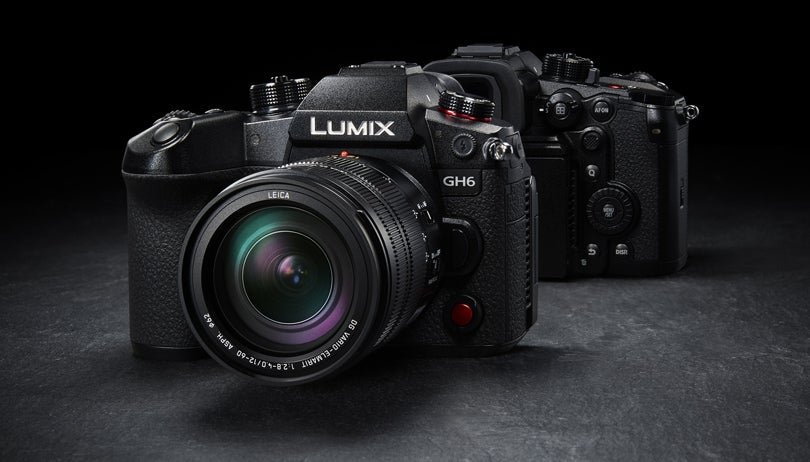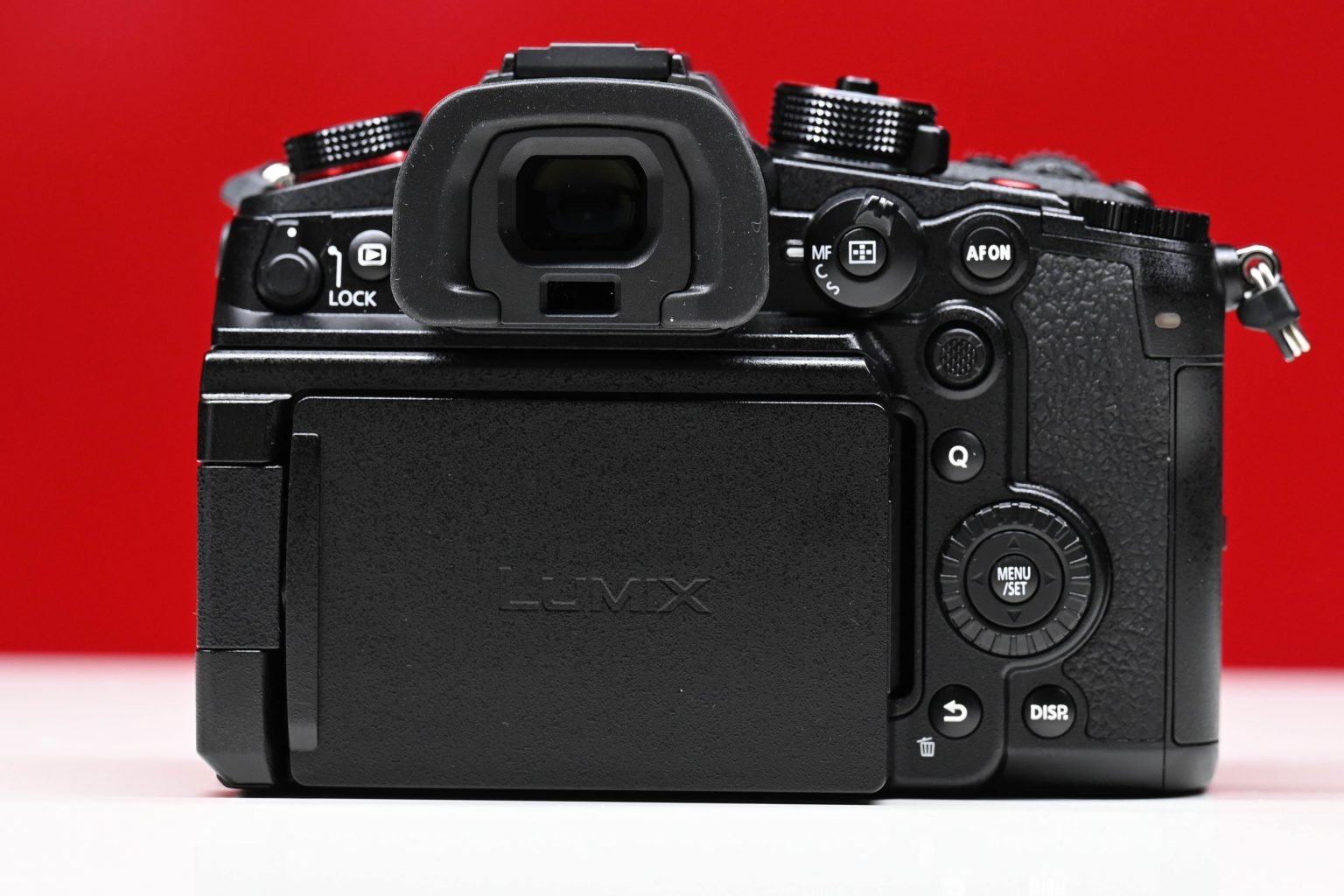Panasonic GH6: The Micro Four Thirds Workhorse Redefined

The Panasonic GH series has long been synonymous with video-centric Micro Four Thirds (MFT) cameras, and the GH6 is arguably its most ambitious iteration yet. Promising a significant leap in performance, resolution, and codec options, the GH6 aims to solidify its position as the go-to camera for serious videographers. But does it live up to the hype, and more importantly, is it worth the upgrade for existing GH5 users or a viable alternative for those considering other systems?
The heart of the GH6 is its newly developed 25.2MP sensor, a significant resolution bump over the GH5’s 20.3MP sensor. This translates to sharper images and greater flexibility in post-production. However, the real story lies in the camera’s internal processing power. It can record up to 5.7K Apple ProRes 422 HQ internally, a codec once relegated to significantly more expensive cameras. This alone puts the GH6 in a league of its own within the MFT ecosystem, offering unparalleled image quality and editing latitude.
Beyond ProRes, the GH6 offers a dizzying array of other recording options, including various flavors of ALL-Intra and LongGOP codecs at different resolutions and frame rates. You can even shoot open gate 5.7K, maximizing the sensor area and allowing for creative reframing in post. Low-light performance is generally good, although the smaller MFT sensor inherently lags behind larger sensor formats. However, the improved image processing does help to mitigate noise and maintain detail.

Ergonomically, the GH6 feels familiar yet refined. The body is robust and weather-sealed, inspiring confidence in challenging shooting conditions. The fully articulating touchscreen LCD is bright and sharp, making it easy to monitor your footage. The electronic viewfinder (EVF) is also excellent, providing a clear and detailed view of the scene. While the overall layout is similar to the GH5, subtle tweaks improve the shooting experience.

Despite its strengths, the GH6 isn’t without its quirks. The increased processing power demands more power, resulting in shorter battery life compared to previous models. Rolling shutter is also present, although it’s generally well-controlled. The complex menu system, a long-standing Panasonic trait, can be overwhelming for new users. Furthermore, while autofocus has been improved, it still doesn’t quite match the performance of Sony or Canon’s systems, particularly in challenging situations like low light or fast-moving subjects.
The GH6 represents a substantial investment, especially when factoring in accessories like extra batteries and memory cards. However, for serious videographers who demand high image quality, advanced codecs, and a versatile feature set, the GH6 offers tremendous value. It’s a powerhouse of a camera that pushes the boundaries of what’s possible in the Micro Four Thirds format.
Ultimately, the Panasonic GH6 is a specialized tool for video professionals and advanced enthusiasts. It’s not a perfect camera, but its strengths far outweigh its weaknesses. If you prioritize video quality, codec flexibility, and a robust feature set, the GH6 is an excellent choice. However, if you prioritize autofocus performance or battery life above all else, other options might be more suitable.

Where to Buy:
Panasonic GH6 Quick Summary
Key Scores:
- Value: 88%
- Design: 95%
- Performance: 94%
- Quality: 93%
- Popularity: 90%
Top Pros
- ✅ Internal ProRes recording provides exceptional image quality and workflow efficiency.
- ✅ The 25.2MP sensor offers a noticeable resolution boost over previous generations.
- ✅ The camera features a durable and weather-sealed construction for reliable operation.
- …
Key Cons
- ❌ Battery life is shorter compared to previous GH-series cameras.
- ❌ Autofocus performance still lags behind competitors in some challenging conditions.
- ❌ The extensive menu system can be overwhelming for new users.
- …























